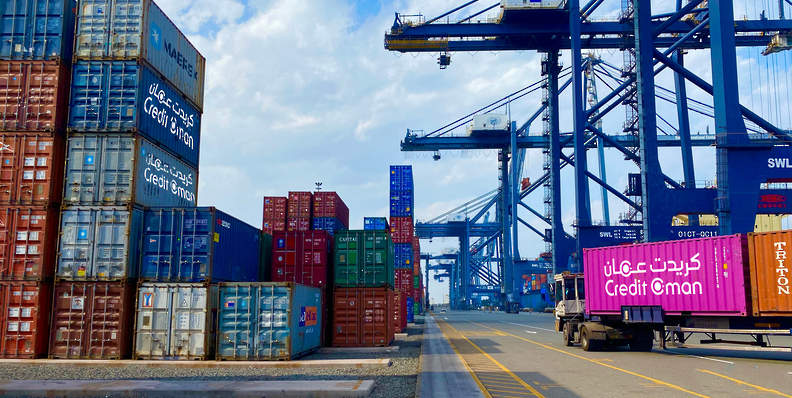RIYADH: A $25 million credit agreement involving the Saudi Export-Import Bank and a major South African financial institution was among the deals struck at a special business forum in Johannesburg.
The arrangement with Standard Bank Group will see companies in the Kingdom given extra funding support to trade with the African country.
The deal was signed during the Saudi-South African Business Forum, which saw 420 business leaders and officials discuss how to boost economic ties between the nations – with an emphasis on the mining sector, the Saudi Press Agency reported.
Bloomberg cited Naif Al-Shammari, Saudi EXIM’s deputy CEO, as saying that the agreement with Standard Bank Group will bolster trade links between the two countries.
Another memorandum of cooperation was signed between the Saudi Export Development Authority and Skytower Development Co.
Commerce between Saudi Arabia and South Africa was estimated at about $3.5 billion in 2023. The Kingdom also ranks first among South Africa’s trading partners in the region.
The high-level Saudi delegation attending the forum was led by the Minister of Commerce and Chairman of the National Competitiveness Center, Majid bin Abdullah Al-Qasabi, and was organized by the NCC in collaboration with the Federation of Saudi Chambers and the South African Ministry of Trade and Industry, according to SPA.
One panel at the event addressed cooperation in the mining sector, while the another discussed expanding the economic partnership between the Kingdom and South Africa in light of promising opportunities.
It also introduced the mechanisms used by relevant authorities to resolve challenges facing the business sector.
The forum also falls in line with the Kingdom’s commitment to strengthening its trade and economic relations with the African continent, which was announced by the Crown Prince and Prime Minister of Saudi Arabia at the Saudi-African Summit held in Riyadh last November.
The gathering included a presentation on the key reforms implemented to enhance the Kingdom’s competitiveness, delivered by the Vice Minister of Commerce and NCC CEO Iman bint Habas Al-Mutairi.
Al-Mutairi reviewed the positive outcomes witnessed in Saudi Arabia’s economy and business environment, such as implementing more than 820 economic reforms carried out by 65 government entities since 2016 across nine key sectors.
About 1,200 regulations and laws have been issued or updated, boosting the legal framework and contributing to making the Kingdom’s business environment one of the leading global destinations for companies and entrepreneurs.
She further underlined that Saudi Arabia allows 100 percent of foreign ownership in most business sectors and has established the Saudi Business Center, which has helped re-engineer procedures for starting and operating enterprises, reducing licensing requirements by 55 percent.
During the visit, Al-Qasabi participated in the inauguration of the operations center of SMSA Express in South Africa, which will contribute to providing logistical solutions for the business sectors in the two countries.
He also held discussions with several South African ministers, including Parks Tau of trade, industry, and competition; Stella Ndabeni-Abrahams of small business development; Patricia de Lille of tourism; and John Steenhuisen of agriculture.
Key topics included ways to strengthen trade relations, promising business opportunities in both countries, facilitating trade in goods and services, and South African companies’ participation in the Biban24 forum.
The meetings also addressed initiatives aimed at supporting and empowering small-and medium-sized enterprises and proposed collaboration in areas of common interest.

































